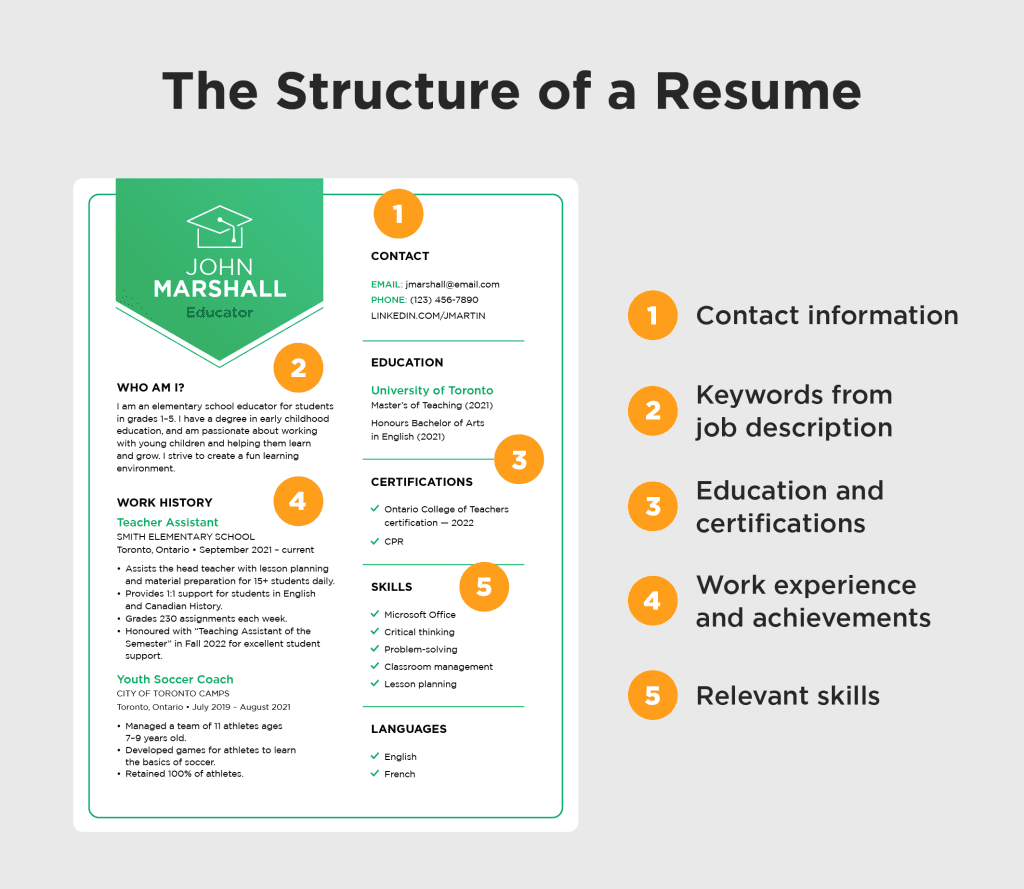A strong curriculum vitae (CV) can be the key to unlocking your next big opportunity—be it a job, internship, or graduate school admission. For agriculture and veterinary students, presenting your academic journey, research experience, and fieldwork in a compelling and professional manner is crucial. In this blog, we’ll break down everything you need to know to create a standout CV that gets noticed by recruiters and admissions panels alike.
What is a Curriculum Vitae (CV)?
A CV is more than just a list of achievements. It is a professional summary of your academic, research, and work experiences, designed to show why you’re the right fit for a particular role. Unlike a resume, a CV is more comprehensive and is typically used when applying for positions that value academic or technical expertise, such as government jobs (PSC), postgraduate programs, or research-based roles.

Key Components of Curriculum Vitae
A well-structured CV should not feel like a wall of text. It must communicate your journey in a clean, precise, and confident tone. Here are the essential sections you should include:
1. Contact Information & Personal Profile
Start with your name, current designation (if any), address, phone number, and email. Then, include a brief personal profile—a 2–3 line statement that summarizes your strengths and aspirations.
2. Career History
List your work and internship experience in reverse chronological order. Include organization names, job titles, dates, and a few bullet points explaining your roles and achievements.
3. Achievements
Mention any awards, recognitions, or notable milestones—especially if they’re relevant to the position you’re applying for.
4. Academic Publications & Presentations
Use a consistent referencing style (APA, MLA, etc.) and highlight your name in the list of authors. Include any poster presentations or workshops conducted.
5. Training & Certifications
Mention any skill-based courses or training you’ve completed—especially those related to agriculture, veterinary science, or data analysis.
6. Hobbies & Interests
Only include hobbies that add value to your application or show transferable skills (e.g., writing, volunteering, scientific blogging).
7. Referees
List 2–5 academic or professional referees with their full contact details. Always inform them before using their names.
8. Grammar & Style Check
Before sending your CV, check for spelling or grammatical errors. Use consistent font styles, proper spacing, and avoid slang or abbreviations.
How to Evaluate Your CV Before Sending
Before hitting “submit,” go through this quick checklist to ensure your CV is polished and professional:
- Length: Keep it to 1–2 pages.
- Paper/Format: Use A4-sized, light-colored paper for printing; use standard PDF format for email.
- Font Consistency: Stick to one or two easy-to-read fonts like Calibri or Times New Roman.
- Emphasis: Bold or italicize section headers for clarity.
- Authenticity: Be honest about your skills and experiences. Never include false information.
- Attachments: Only attach certificates or documents if explicitly required.
- Photograph: Use a recent, passport-sized, colored photo only if asked.
- Referee Communication: Share your updated CV and the job ad with your referees.
What to Do After Submitting Your Curriculum Vitae?

Your digital footprint matters. Employers often look beyond your CV to evaluate your online presence. Here’s how to maintain a professional image after submission:
- Clean Your Social Media: Avoid posting controversial or inappropriate content on platforms like Facebook or Instagram.
- Update Academic Profiles: Keep platforms like Google Scholar, ResearchGate, ORCID, and LinkedIn current with your latest works.
- Referee Follow-Up: If your referees are not in regular contact with you, send them a copy of your CV and the advertisement you applied for.
Final Thoughts
A well-prepared CV can open doors in competitive fields like agriculture and veterinary sciences. It’s not just a formality—it’s your personal marketing document. So take time to reflect, revise, and refine. Once you’ve crafted your CV, you’re one step closer to your dream job or university.
If you found this blog helpful, you’ll love our full course on career and communication skills—exclusively on Pedigogy.com. Explore modules on resume writing, research publications, and interview tips tailored for agri and vet students.
You can enroll in the full course to have a brief understanding of the topic here: https://www.pedigogy.com/courses/mastering-technical-writing-with-rahul-a-researchers-essential-guide/


